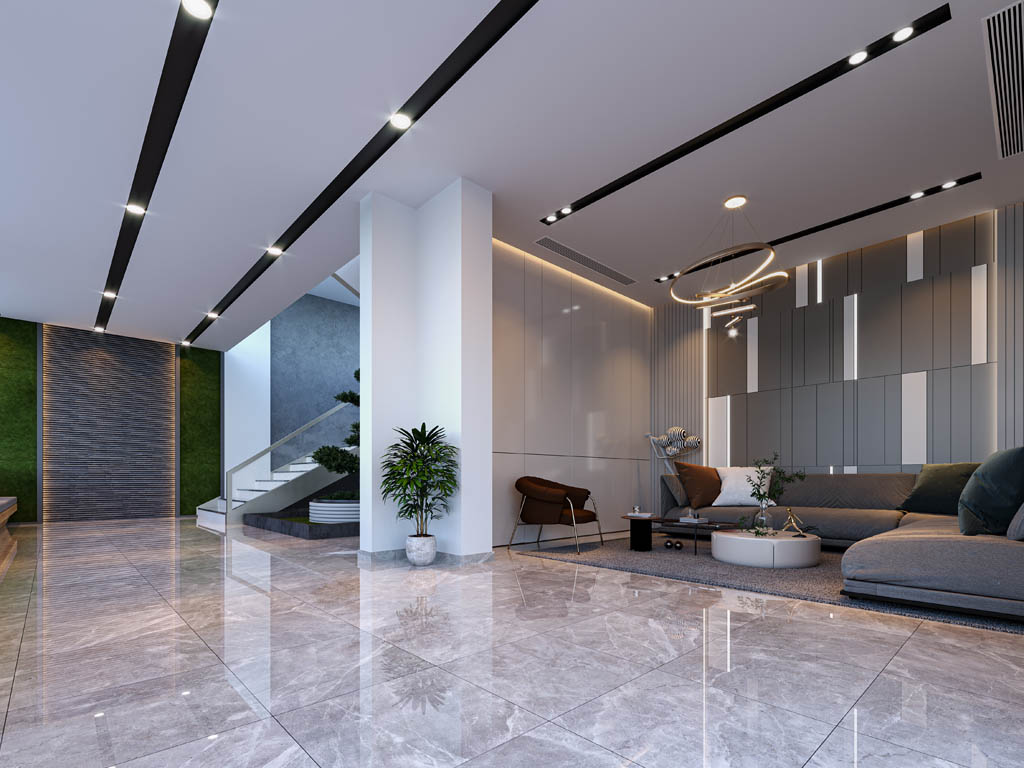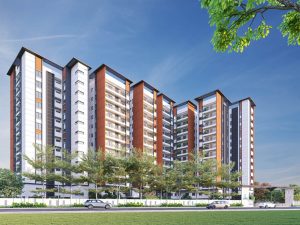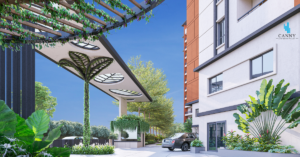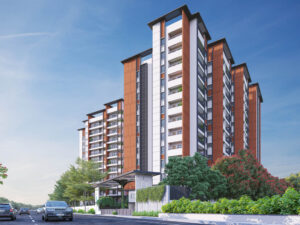An article about buying your first home & steps involved as a property developer.
What is Property Development:
Property Development or Real estate development is a multifaceted industry that helps develop every building.
Property Developers such as Canny Life Spaces build the construction industry. This is a popular industry that tends to be very progressive and is crucial when it comes to the environment, particularly our homes and places of work. However, even more so than that – we have to think about where we spend our free time.
Everything in our environment is property development. Home, office, and hotel buildings all derive their roots in property development.
Components of Property Development
Property development is the process of converting land or a building into income-generating real estate. This activity uses elements from several other sectors—construction may be involved, as well as sales and finance, for example.
Let’s take a look at some of the most common developments that involve property in the process of the Property Development System. Real estate development incorporates several design and business disciplines related to construction or renovation which can also be known as building.
Let’s explore this process together with steps as it may be helpful for you so that you know what to expect when planning your real estate development procedure.
1. Pre-purchase
2. Concept stage
3. Purchase
4. Town planning
5. Working on drawing and documentation
6. Pre-construction
7. Construction
8. Completion
1. Pre-Purchase
Pre-purchase is the first step in the development process.
The process of purchasing a newly constructed house can be time-consuming and complicated, especially if you’re buying in a new area or further away from the city. At this stage, you need to do your research and look for pricing trends along with information about local businesses such as builders to help you make an informed decision.
2. Concept
Once you fetch a potential site, the next realistic step is to come up with a concept.
What kind of house can you build there? What features and amenities will you need to include? Start brainstorming a list of what will be included in your design along with any limitations that may impact it.
Now think about why people will be inclined to purchase or rent this particular property. & important things like proximity to places where people buy groceries, schools, health care, temples, malls, hotels, etc.
Furthermore, it’s a good idea to sit down and discuss the whole project with your neighbor. Consider any objections they might have to what you’re working on, as well if there are any important amenities – such as schools or hospitals in your neighborhood that residents of the site or objectors may come from.
So In real estate, having a raw space doesn’t necessarily mean you have an ideal site. Along with accessible location and zoning permissions, your plot must also accommodate the size of your project’s footprint while satisfying all aspects of a correct pre-purchase feasibility assessment.
3. Purchase
The third stage in the main process of land development is purchasing. This means buying the land at a price that will allow both you and your investors to make a profit so that the project can be declared profitable. In part two of this series, we will dive more into this topic and explain how to negotiate the most profitable deal possible.
4. Town Planning
Town planning is an important part of the process of building development.
If you plan to build something new, it would be important to consult with the appropriate authorities about any requirements that you need to meet for compliance before commencing construction. Every local council will have its own rules that you need to comply with before creating a new building of any kind.
5. Working on Drawing and Documentation
Once you have received development approval for your project, it’s time for the engineer and architect to create working drawings based on the original plans to collect construction certificates & other permits.
This stage can take about three to four months and there might also be some changes relatively.
6. Pre- Construction
The pre-development phase is about getting all your ducks in a row. It means you will be busy acquiring quotes from prospective builders and of course bank approval for the development loan. Do not get carried away by too many ideas at this stage. It is important to keep your options open but try to focus on 3 possible designs to start with and build upon, those designs on you go along.
7. Construction
Construction is the building part of any real estate project.
It’s a collaborative process. We meet with the developer, architect, and all relevant parties to ensure that we’re building what you want, how you want it.
It’s a good time to be in contract negotiations with your builder, as many aspects of the development can still be addressed and negotiated.
8. Completion
As a real estate developer, once your project is completed you have to be on the lookout for profitable opportunities.
You should have a network of developers in multiple locations and look into real estate development opportunities that would offer good returns over time either leased or sold.
So, if you’re serious about taking your property investment to the next level, you need to know that this is what our article is all about.
But if you’re serious about taking your property investing to the next level…
Take your real estate investment to a whole new level by investing in Canny Life Spaces.
Click the link below for more details…




